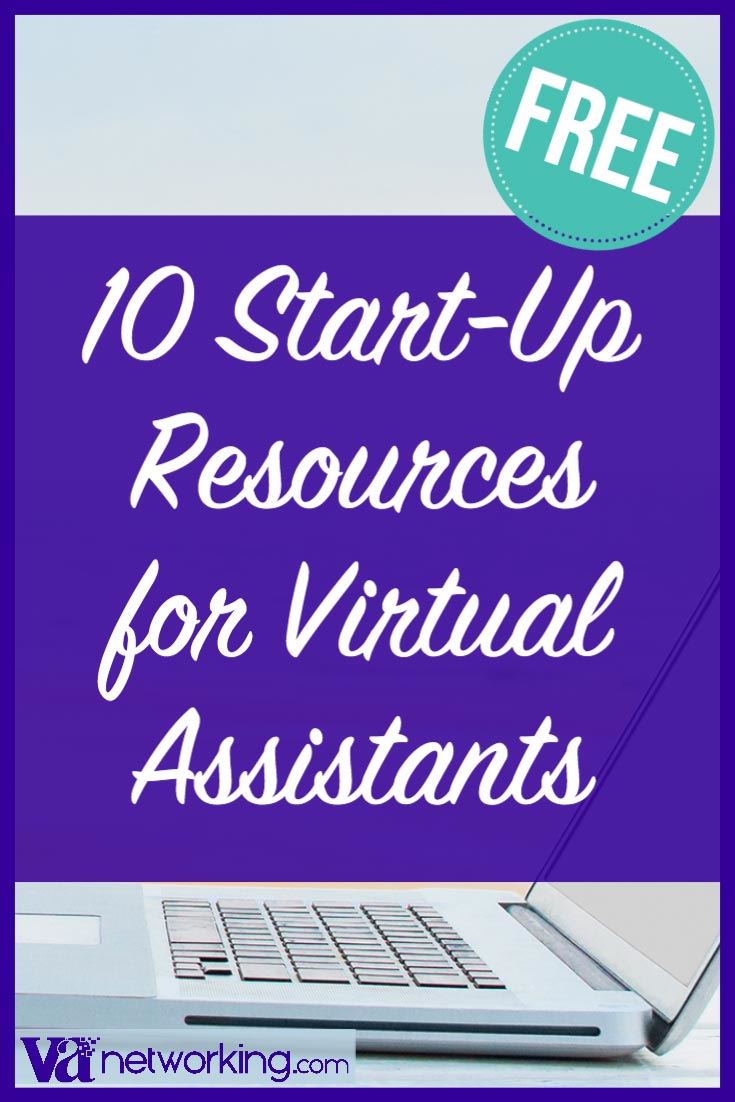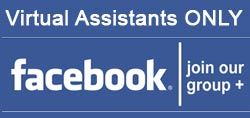Congratulations! You’ve got a new client. When the excitement subsides after you receive payment, I’ve learned over the years that it is best to start off right by establishing a clear line of communication with your new client regarding expectations. Communication normally starts with the discovery call, when you set some of the expectations up front, such as the scope of the work or the hours it will take. But more importantly, you’ll need to welcome your client and establish the ground rules for your work together to go smoothly.
Here are a few tips I’ve learned from “the trenches” with clients:
I prefer to take prepayment or monthly installments from my clients.
I’ve started off my tech business from the beginning by asking potential clients either to buy a block of time or to grab a custom package. I have this statement on most of my packages: “Payment is due before commencement of work.” Trust me, you don’t want to be a bill collector. It’s better to get payment up front rather than chase after a non-paying client for months. Every time I’ve made exceptions to this rule of prepayment, I’ve had to send months of reminders to that client to pay outstanding invoices. Do not front hours to be “nice.” In several years of business, I only fronted hours once or twice. If you don’t pay your power bill, the power company shuts off your power. But if you’ve already delivered all the work in the scope (the list of tasks) you worked out with the client, and suddenly a circumstance comes up that he/she can’t pay you, the only leverage you have is sending out follow-up reminders.
Make sure your client either signs a proposal or a contract or otherwise acknowledges your terms and conditions policy before you start work.
Nobody likes to think or talk about the possibility, but occasionally you won’t be a good fit to work together. If you have no terms and conditions to govern cancellation, a client may make up his or her own refund policy. Then what do you say or do? I very rarely need to refund clients, but when it happens, it is a mutual decision. Sometimes I don’t think a client is a good fit, so I cancel him/her. Other times a client may be strapped for cash so he/she “shops for money in your bank account” as my colleague, Rob Goyette, says. Such a client, who asks for a refund from you whether or not one is justified, may really like your work but just needs the money. Perhaps he/she needs to pay an unexpected bill, and it’s nothing personal. Even so, if you have a terms and conditions policy in place and clearly displayed on your website, you can easily refer the client back to that policy. Best case scenario, I recommend asking your potential client to sign or e-sign a written agreement. To draft such an agreement, you can consult a lawyer or customize an agreement template to reflect your own business policies and preferences. If your agreement is crystal clear, that sets you up for success and for a fair working relationship with your new client.
Welcome Packet.
Consider sending a welcome packet to your new client on Day One (if you want to see an example, mine is at http://techdoneforyou.com/welcome-packet). You can send your welcome packet via an autoresponder or by a personal, customized email to make it friendlier. Normally I personally email the wording of the welcome packet, with a link to the terms and conditions to new clients. I also have the terms linked clearly on my home page. This has come in handy on the occasions when I have had to send an email reminder to a client who has somehow broken one of the terms.
Be sure to communicate your real hours of operation or work schedule.
When I first started my business, I worked every day, every holiday, and every weekend. Since at the time I had a day job, I set my www.Calendly.com scheduler to only take appointments during the evenings and weekends. But I found myself working more odd hours than I wanted. It was a recipe for burnout. So now that I do my business full time, I let my clients know that I do not work weekends or holidays, unless we have pre-arranged for a special holiday campaign. It sometimes is helpful to post your business hours on your website as well, and to set an away message for when you won’t be replying to email. When I initially started working from home full time, I was always checking my work email. Now I have an app called Quiet Gmail installed on all of my devices. It forces me to be true to the published work hours on my website. Every time I’ve made exceptions to my published work hours, I’ve either over-worked myself or inadvertently read an upsetting email that would keep me up at night for hours. I actually gave myself insomnia by not setting healthy boundaries. Just because you work from home doesn’t mean you’re always working. You deserve work-life balance! Remember, you’re a contract worker and not an employee. It is both healthy and wise to take real breaks, vacations, and away time. Clients will understand if you establish your boundaries early. Some will even thank you for being upfront and honest about your work hours. You can decide to allow an option for clients to upgrade to a premium package that gives them extra access to you, such as providing them with your cell phone for emergency phone calls, allowing them to text message or private message you on Facebook, or priority status in the queue.
Turnaround Time.
Make sure your client understands your normal turnaround time (mine is at least two business days). For faster service you can charge rush order fees for turnaround that is less than 48 hours. My biggest pet peeve is clients who are constantly expecting rush orders, yet don’t want to pay more for express service. Amazon charges more for express shipping. Why shouldn’t you?
To recap, when I confidently express my on-boarding process with a new client, I find I attract better quality clients who love and appreciate my work and my team’s work. Happy clients refer new clients to me all the time. Don’t be shy—take command of your onboarding process!
About Gina
Gina Decker is the founder of Tech Done For You and is committed to guiding coaches, authors, and speakers to achieve successful Joint-Venture launches that run smoothly. Her company provides done-for-you and done-with-you solutions so entrepreneurs can have the business of their dreams and focus on what they love without having to worry about their technology. Get your FREE guide, “Become an Indispensable Virtual Assistant!” here.








